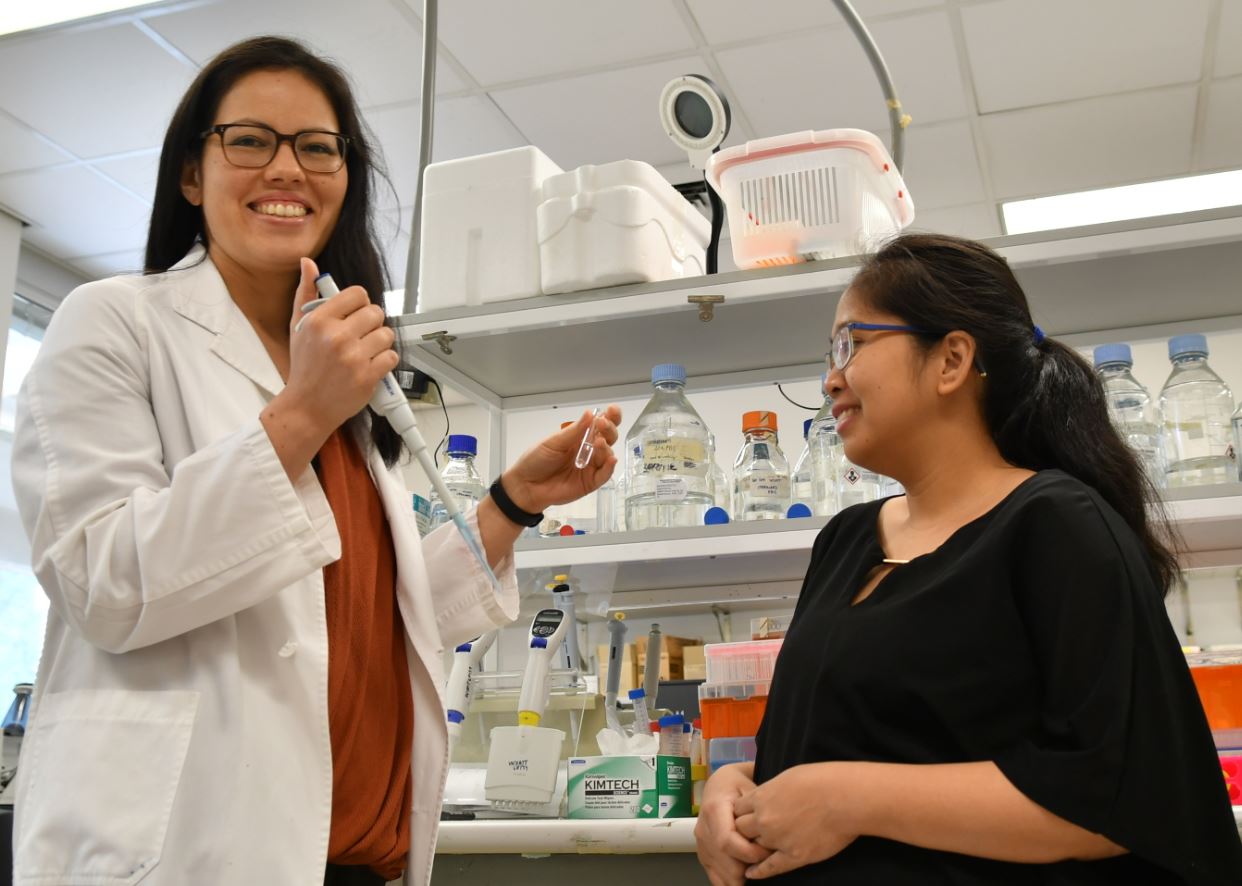
What does Alzheimer’s have in common with preeclampsia problems in pregnancy?
New research is finding there may in fact be quite a few similarities, all because of ‘good’ and ‘bad’ proteins active in the body.
Like the potential of embryonic stem cells to curb ageing, researchers are now investigating a powerful protein detected in the blood of pregnant woman which could be used to find ways to treat and even prevent a wide range of age-related disorders, from Alzheimer’s and arthritis to macular degeneration and heart disease.
The discovery, newly published in high-profile US journal Proceedings of the National Academy of Sciences USA (PNAS), delves into the remarkable way the maternal body copes with elevated protein misfolding in pregnancy – a process connected to preeclampsia, a serious childbirth complication.
This so-called pregnancy zone protein (PZP) stabilises misfolded proteins and prevents them from forming plaques – a process associated with the majority of common disorders in old age, say lead Australian researchers, says Flinders University biomedical researcher Dr Amy Wyatt.
“In this study, we show that PZP efficiently inhibits the aggregation of misfolded proteins including the amyloid beta peptide, which forms plaques in the placenta in preeclampsia and in the brain in Alzheimer’s disease,” says Dr Wyatt, who led a large multidisciplinary team including her PhD student Jordan Cater (University of Wollongong and Illawarra Health and Medical Research Institute, NSW).

“This is the first evidence of a major maternal adaptation that allows mothers to withstand elevated levels of protein misfolding in pregnancy. Failure of this system potentially triggers the accumulation of misfolded proteins in preeclampisa, and could also have relevance to some age-related protein misfolding disorders.”
Preeclampia is a disorder in pregnancy when women develop high blood pressure, with raised protein in their urine a symptom, which can put the mother and baby at risk and often lead to early delivery of a premature baby – or even death of the mother and baby.
Better understanding of how mothers normally deal with protein misfolding in pregnancy is an exciting new frontier that has the potential to inform the development of novel therapeutic strategies for some of the most common and debilitating disorders of ageing, Dr Wyatt says.
The research team also included international experts Professor Irina Buhimschi (University of Illinois and previously the Nationwide Children’s Hospital, Ohio) who originally identified Alzheimer’s-like plaques in the placenta in preeclampsia patients and Professor Christopher Dobson (University of Cambridge, England), a world leader in the study of protein misfolding.
The paper was edited by Professor Ulrich Hartl, director of the Max Plank Institute of Biochemistry in Germany, who was an early pioneer in the study of molecular chaperones – the biological machinery responsible for controlling protein folding.
The PNAS paper proposes that pregnant women make a tremendous investment in generating large amounts of PZP to help maintain protein homeostasis during pregnancy.
This ‘chaperone’ function of PZP could also be more broadly important in humans since men and women can experience elevated PZP levels independent of pregnancy.
The paper, ‘Human pregnancy zone protein stabilises misfolded proteins including preeclampsia- and Alzheimer’s-associated amyloid beta peptide’ (2019) by Jordan H. Cater, Janet R. Kumita, Rafaa Zeineddine Abdallah, Guomao Zhao, Ana Bernardo-Gancedo, Amanda Henry, Wendy Winata, Mengna Chia, Brin S. F. Grenyer, Michelle L. Townsend, Marie Ranson, Catalin S. Buhimschi, D. Stephen Charnock-Jones, Christopher M. Dobson, Mark R. Wilson, Irina A. Buhimschi and Amy R. Wyatt has been published in the Proceedings of the National Academy of Sciences of USA (PNAS).
Supported by a Flinders Foundation Seed Grant, Dr Wyatt is building on the findings by studying why non-pregnant people increase their production of PZP in certain diseases.
“We think this might be the body’s way of trying to prevent the accumulation of damaged proteins which arises then the body experiences stresses such as inflammation,” she says.
“Another thing we still need to figure out is exactly how cells of the body dispose of misfolded proteins after they are stabilised by PZP.

